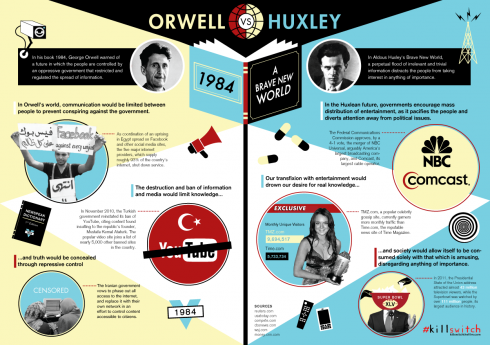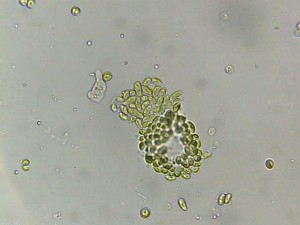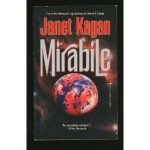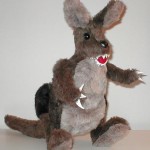Ian Simpson has an interesting article on the movement to reduce the numbers of the invasive snakehead fish more appealing to restaurants and their customers.
[Snakeheads have] dense, meaty, white flesh with a mild taste that is ideal for anything from grilling to sauteing.
…
[But] the fish are air breathers that can last for days out of water. Even when gutted and with their throats cut, they gape for breath, said John Rorapaugh, director of sustainability and sales at ProFish, a Washington wholesaler.
“Once they get to mature size, they are on top of the food chain and are ravenous,” he said.
…
Josh Newhard, an expert on the snakehead with the U.S. Fish and Wildlife Service, said it was too early to say what the snakehead’s long-term impact would be on its invaded environment. … “The potential is really high for them to impact other fish species. The fact that people want to remove them from the system is really good,” he said.
–Simpson (2012): U.S. chefs’ solution for invading Frankenfish? Eat ’em from Reuters via Yahoo! News.
My middle-school students are reading Janet Kagan’s short story, “The Loch Moose Monster” as part of our discussion about genetics, ecology and educational environments. This article makes a nice complement.




